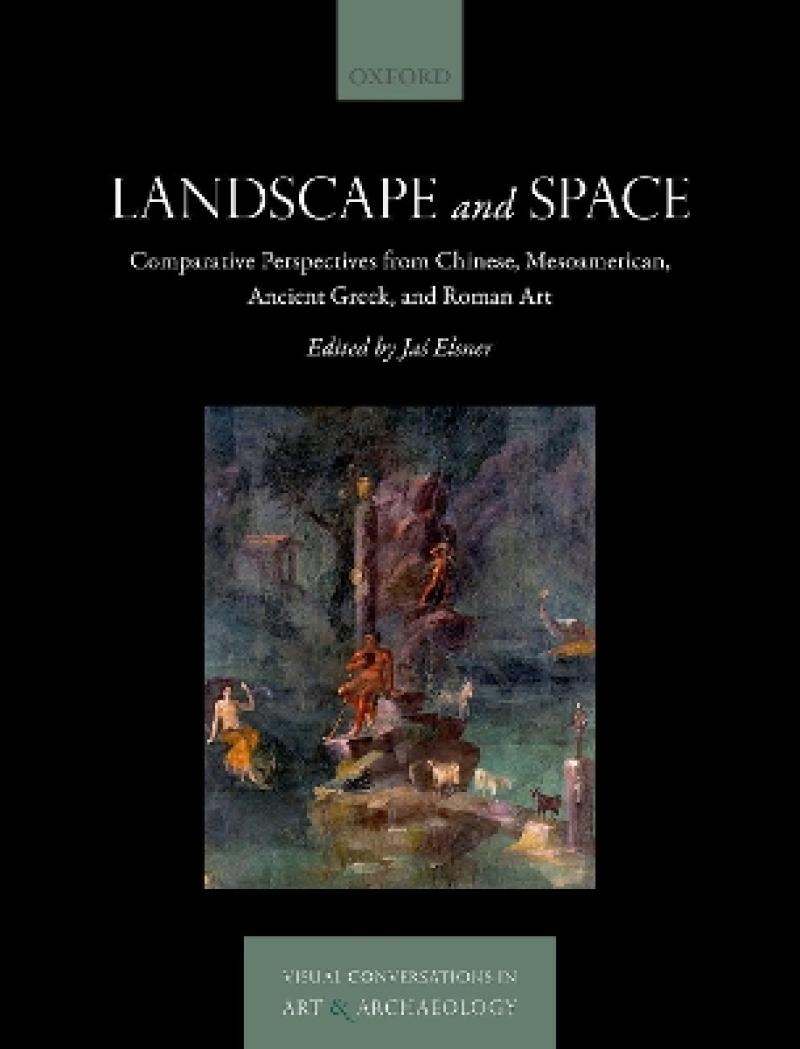Landscape has been a key theme in world archaeology and trans-cultural art history over the last half century, particularly in the study of painting in art history and in all questions of human intervention and the placement of monuments in the natural world within archaeology. However, the representation of landscape has been rather less addressed in the scholarship of the archaeologically-accessed visual cultures of the ancient world. The kinds of reliefs, objects, and paintings discussed here have a significant purchase on matters concerned with landscape and space in the visual sphere, but were discovered within archaeological contexts and by means of excavation. Through case studies focused on the invention of wilderness imagery in ancient China, the relation of monuments to landscape in ancient Greece, the place of landscape painting in Mesoamerican Maya art, and the construction of sacred landscape across Eurasia between Stonehenge and the Silk Road via Pompeii, this book emphasises the importance of thinking about models of landscape in ancient art, as well as the value of comparative approaches in underlining core aspects of the topic. Notably, it explores questions of space, both actual and conceptual, including how space is configured through form and representation.
Les mer
Through comparative case studies from ancient China, ancient Greece, Mesoamerican Maya art, and across Eurasia via Pompeii, this book emphasises the significance of models of landscape in ancient art. Notably, it explores questions of space, both actual and conceptual, including how space is configured through form and representation.
Les mer
Ja's Elsner: Introduction: Landscape and Space
1: Wu Hung: Inventing Wilderness: The Birth of Landscape Representation in China
2: Richard Neer: Statues, Stelai, and Turning-Posts in Greece, ca. 565-ca. 465 BE: The Limits of Iconography
3: Claudia Brittenham: Locating Landscape in Maya Painting
4: Ja's Elsner: Space-Object-Landscape: Sacred and 'Sacro-Idyllic' from Dunhuang via Stonehenge to Roman Wall-Painting
Les mer
Ja's Elsner is Professor of Late Antique Art at the University of Oxford and Humfry Payne Senior Research Fellow in Classical Archaeology and Art at Corpus Christi College, Oxford. He is also Visiting Professor of Art and Religion at the University of Chicago, and External Scientific Member of the Kunsthistorisches Institut in Florenz. He is a Member of the American Academy of Arts and Sciences and of the Max Planck Society, as well as a Fellow of the British
Academy. He works on all areas of art and religion in antiquity and the early middle ages across Europe and Western Asia, including pilgrimage, travel-writing, and the description of art in texts, and is
particularly interested in the problems of comparativism in art history. Along with the other contributors to this book, he is a member of the Center for Global Ancient Art at the University of Chicago which is committed to comparative study of archaeological and art historical issues in all cultures across the ancient world.
Les mer
The first volume to examine the representation of landscape in ancient art through comparative case studies across a range of cultures from Asia, Europe, and America
Brings together archaeology and art history to address a key issue in both fields
Takes a unique approach to the study of landscape by exploring questions of space, including how it is configured through form and representation
Richly illustrated throughout
Les mer
Produktdetaljer
ISBN
9780192845955
Publisert
2021
Utgiver
Vendor
Oxford University Press
Vekt
640 gr
Høyde
250 mm
Bredde
195 mm
Dybde
15 mm
Aldersnivå
P, 06
Språk
Product language
Engelsk
Format
Product format
Innbundet
Antall sider
206
Redaktør
